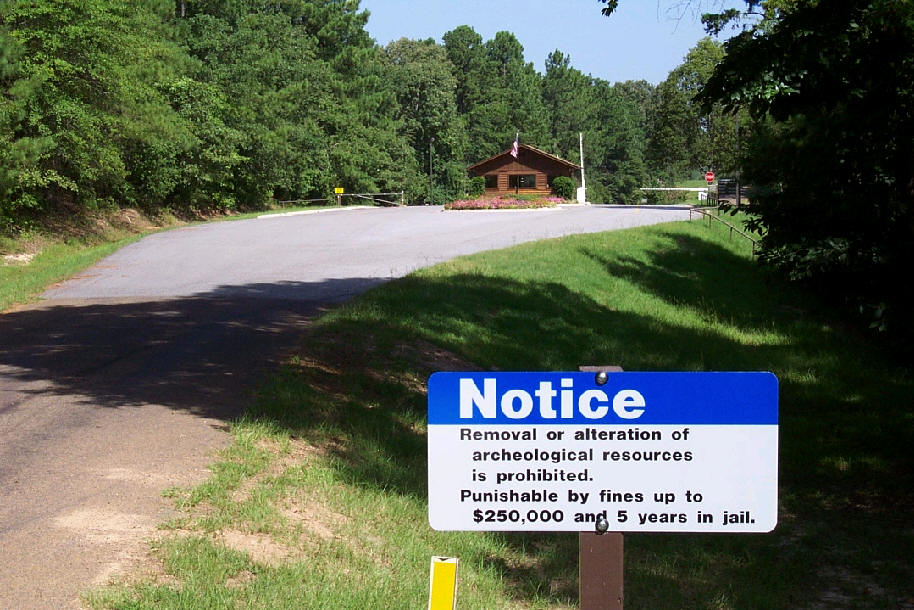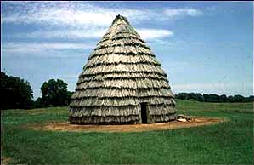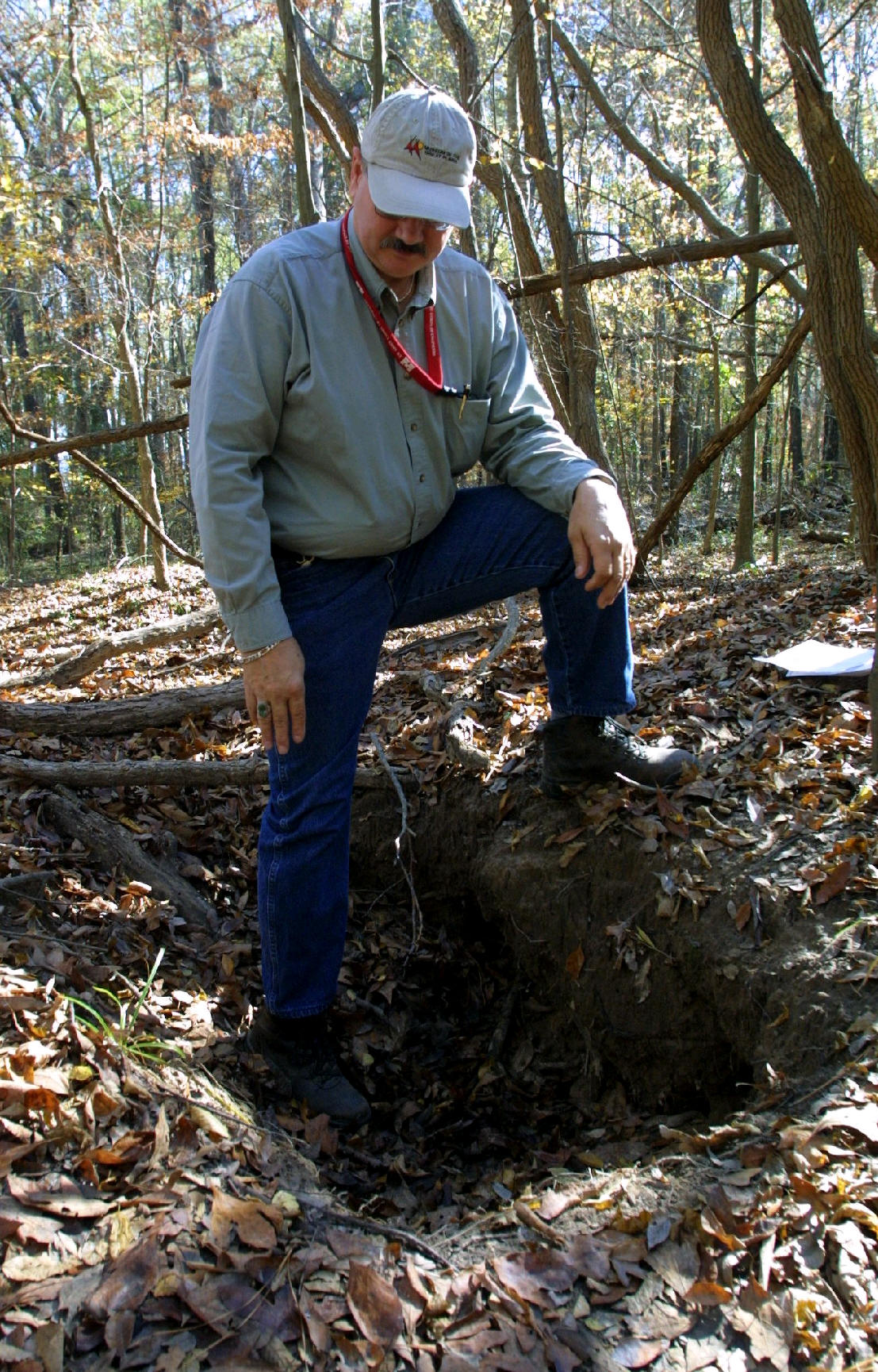The Jim Chapman Lake / Cooper Dam U.S. Army Corps of Engineers Project Office has a responsibility for ensuring that properties of a historical or traditional nature located on Corps lands are preserved and managed appropriately. The term for these activities is called
Cultural Resource Management
. Simply stated, the Corps should implement all
cultural resources management
in a positive manner that fulfills the spirit as well as the letter of laws, regulations, and policies, for all project undertakings in an environmentally and economically sound manner, and in the interest of the American public.
The term,
cultural resources
, is a broad reference to the sum of the human experience which has significance to us either through the physical presence of a place or thing, or through an association of ideas or practices. It can include
prehistoric and historic period archeological sites, buildings and structures, written records, and traditional cultural properties. Typically, Federal agencies attempt to place cultural resources in a class of special properties identified as
Historic Properties
. Historic properties are those properties that are eligible for, or included in, the
National Register of Historic Places
. The Alamo, Independence Hall, and archeological sites such as the Caddoan Mounds State Historic Site, are examples of these kinds of properties. While this designation may include places of traditional significance such as Caddoan Mounds, it does not extend to cultural practices such as religious ceremonies or plant-gathering activities. Just because a property or practice cannot be determined to be eligible for, or listed in, the
National Register of Historic Places
, it does not mean that we can disregard any further consideration as a cultural resource. Ceremonies, hunting practices, plant-gathering, and social practices which are performed in order to maintain social or ethnic boundaries, are also cultural resources. It is therefore our policy to ensure
cultural resources management
is an equal and integral component of natural resource management at Jim Chapman Lake / Cooper Dam.

Associated with our stated management policy is our responsibility to enforce specific Federal laws and regulations pertaining to Native American Indian rights, curation and collections management, and the protection of resources from looting and vandalism. Native American Indians have inhabited the area of Jim Chapman Lake / Cooper Dam during prehistoric and historic times. Some of whom may have established a permanent residence here, relying on the native plants and animals for their sustenance, while others may have been merely passing through the region. In either instance, knowledge of these early Texans has been and continues to be learned largely from the study of the artifacts that they left behind. Frequently much of the information obtainable from such items lies in their location in relation to other items at the site. Although it is very tempting to pick up an artifact such as an arrowhead or pottery fragment, such action destroys the knowledge that could be obtained from it. Furthermore, removal of any artifact from Federal lands is a violation of
both Federal regulations and Federal law. Conviction can result in both substantial financial penalty and incarceration. Part of our responsibility to preserve and protect these resources is provided by the
Rules and Regulations Governing Public Use of Water Resources Development Projects
(36 Code of Federal Regulations (CFR) 327). Persons can be cited under Title 36 CFR Section 327.14(a) [Destruction, injury, defacement, removal or any alteration of public property including, but not limited to, developed facilities, natural formations, mineral deposits, historical and archeological features, and vegetative growth, is prohibited except when it is in accordance with written permission of the District Engineer] and fined up to $5,000.00 and receive six months imprisonment. Persons engaging in more serious forms of destruction of archeological resources may be prosecuted under the
Archeological Resources Protection Act
(ARPA). An ARPA conviction could be as much as a $250,000.00 fine and five years imprisonment. An especially significant traditional resource can be the burial places of prehistoric and historic period Native American Indians, especially those of the former inhabitants of this region, the Caddo. A person found to be desecrating these burial places could also be punished with an ARPA conviction.
It is all of our responsibilities to ensure that the cultural resources present on Jim Chapman Lake / Cooper Dam are managed to the benefit of everyone. To prevent the destruction of these sensitive resources and prevent possible prosecution, please leave any artifact found where you see it. If you see anyone picking up such items or digging in a site, please report this to the U.S. Army Corps of Engineers Jim Chapman Lake / Cooper Dam Project Office (903) 945-2108, or
email
the Jim Chapman Lake/Cooper Dam staff.
Remember: These resources are part of our collective heritage, and it is up to all of us to help preserve this heritage.






